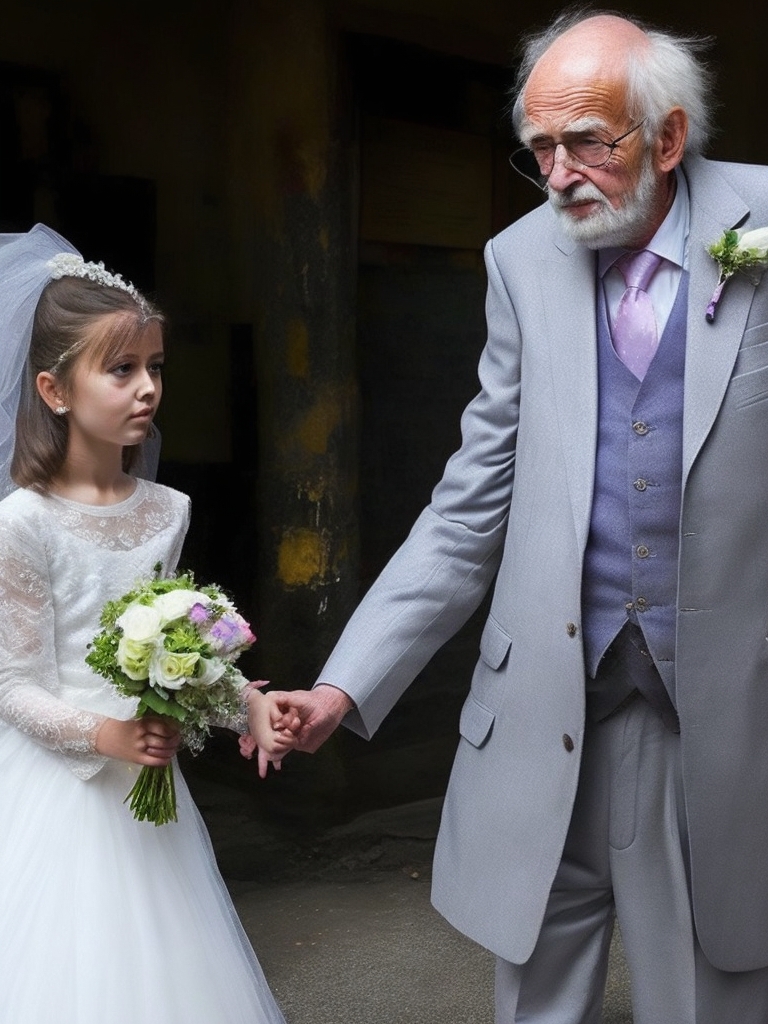India, a country known for its rich cultural heritage and vibrant traditions, is also plagued by a deeply disturbing practice – child marriage. This age-old custom, rooted in historical and socio-economic factors, continues to cast a dark shadow on the lives of countless young boys and girls across the nation.
The prevalence of child marriage in India is a matter of grave concern. Despite significant progress in various spheres of development, this deeply entrenched social issue remains a significant barrier to achieving gender equality and promoting the overall well-being of children. According to UNICEF, India has the highest number of child brides in the world, with around 27% of girls being married before the age of 18.
Child marriage disproportionately affects girls, who are often married off at a very young age to older men. This practice not only robs these girls of their childhood but also exposes them to numerous physical, emotional, and psychological challenges. Early marriage denies girls the right to education, placing them at a significant disadvantage and perpetuating the cycle of poverty. Moreover, child brides are more vulnerable to domestic violence, sexual abuse, and reproductive health issues, further jeopardizing their well-being and hindering their potential.
It is imperative to understand the complex factors contributing to the persistence of child marriage in India. Poverty, lack of education, gender inequality, and traditional beliefs play a significant role in perpetuating this harmful practice. For many families, marrying off their daughters at a young age is seen as a means to alleviate economic burdens and secure their future. Additionally, deeply entrenched patriarchal norms and societal pressure further reinforce the acceptance of child marriage as a social norm.
Efforts to combat child marriage in India have shown some progress in recent years. The government has enacted legislation, such as the Prohibition of Child Marriage Act, which sets the legal age for marriage at 18 for girls and 21 for boys. However, the effective implementation of such laws remains a challenge, particularly in rural areas where these practices are deeply ingrained.
Addressing child marriage requires a multi-faceted, comprehensive approach. First and foremost, raising awareness about the harmful consequences of child marriage is essential to change deep-rooted attitudes and beliefs. Active involvement of communities, religious leaders, and local authorities is crucial in challenging societal norms and advocating for the rights of children. Moreover, providing access to quality education, particularly for girls, is vital in breaking the cycle of poverty and empowering young girls to make informed choices for their future.
It is encouraging to see various non-governmental organizations and grassroots movements working tirelessly to eradicate child marriage in India. These organizations provide support to at-risk children, rescue child brides, and create safe spaces for young girls to learn, grow, and dream of a better future.
The fight against child marriage is a pressing issue that requires collective action from all segments of society. Governments, civil society organizations, and individuals must come together to raise their voices against this harmful practice, advocate for policy changes, and ensure the protection and empowerment of children. Only through concerted efforts can we hope to create a society in which every child can grow up free from the shackles of child marriage and realize their full potential.
Human right activist
Nada Foundation
